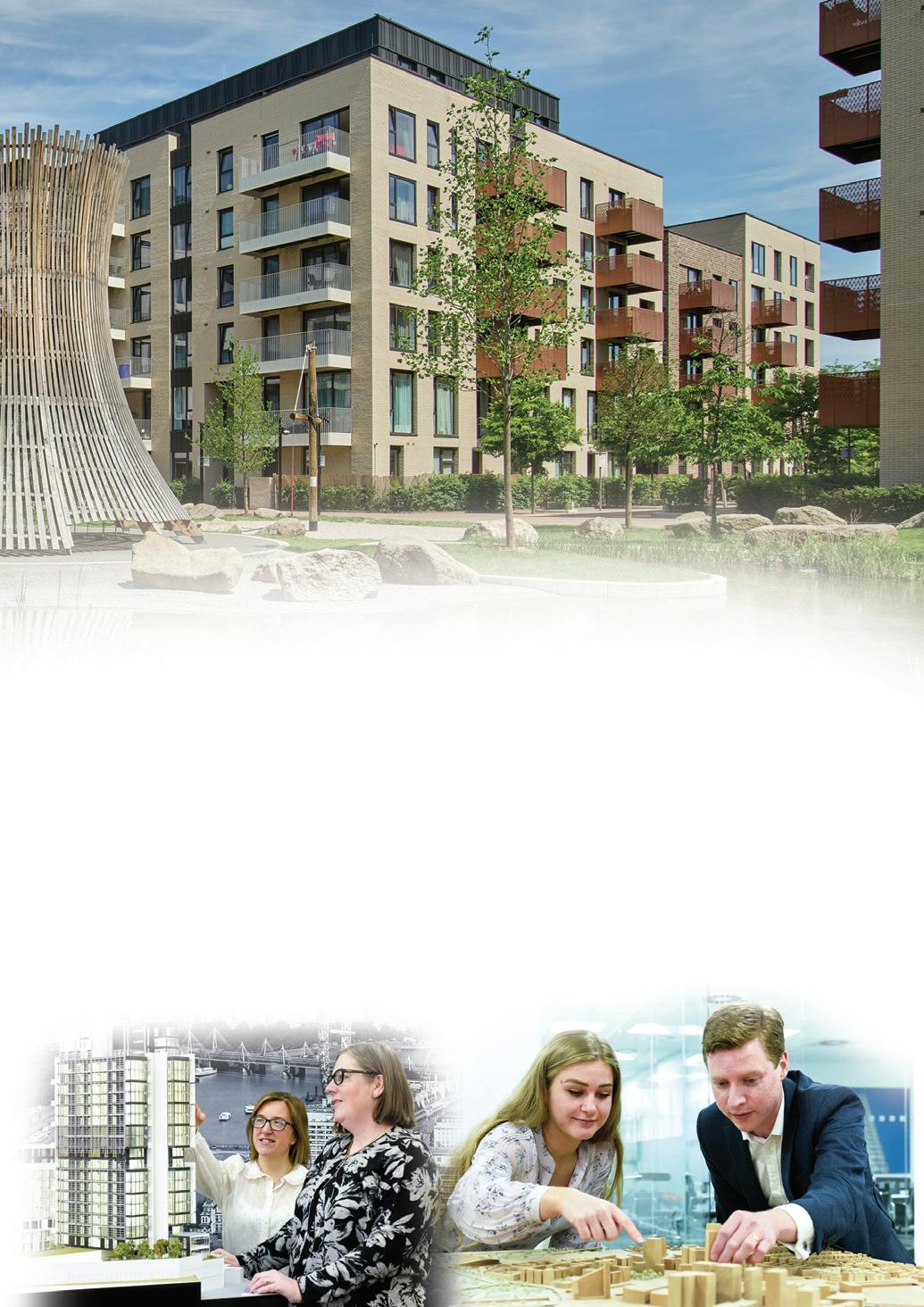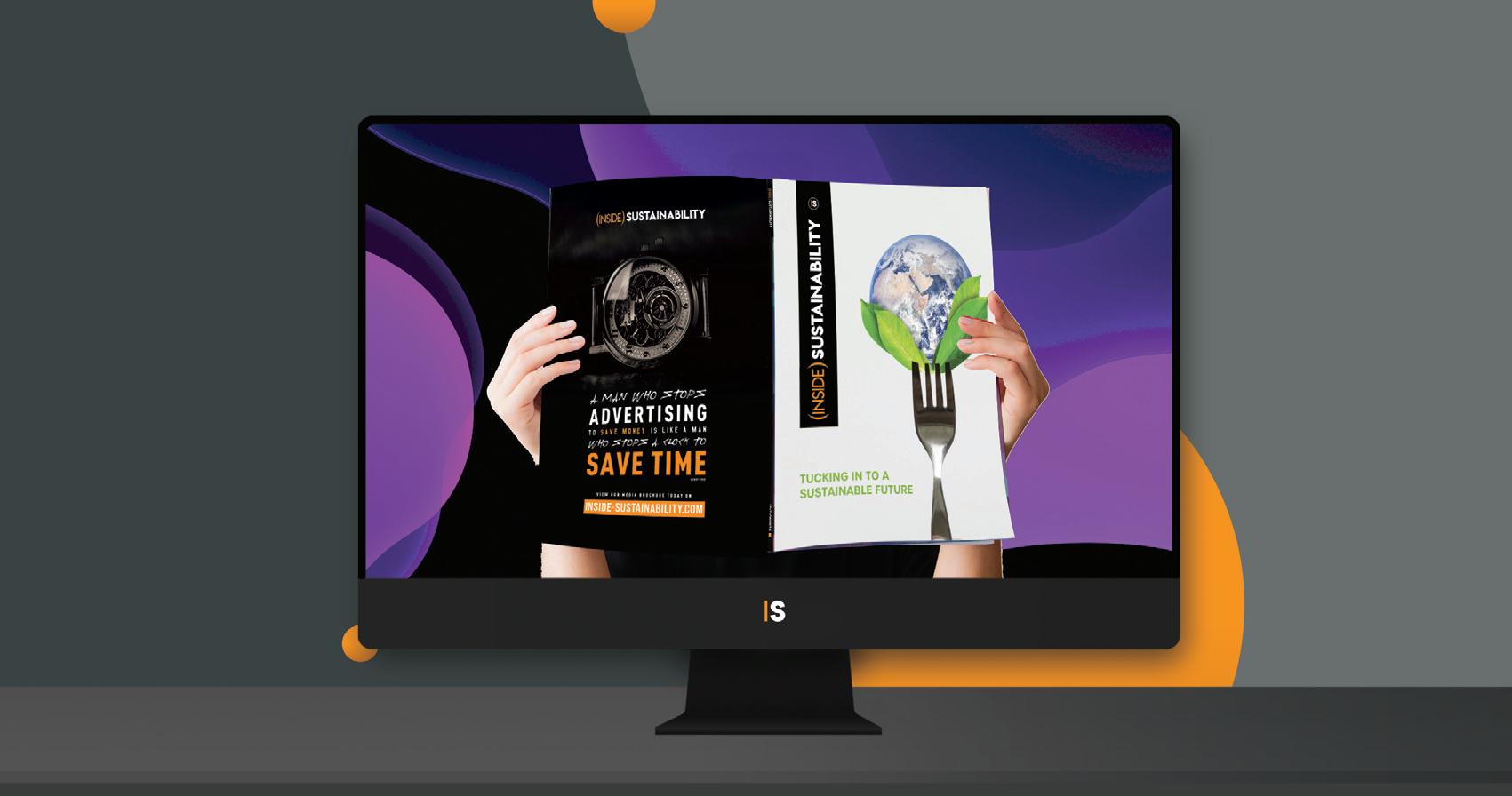TELFORD







Telford Homes goes beyond being a developer of Build-to-Rent homes in London: its focus is on creating sustainable communities with proac tive strategies that enhance lives and cut carbon emissions. As the first housing developer to launch a net-zero carbon roadmap that puts environmental, social, and corporate governance at its heart, the company has cemented a leading reputation for creative building solutions. By Andy Probert.
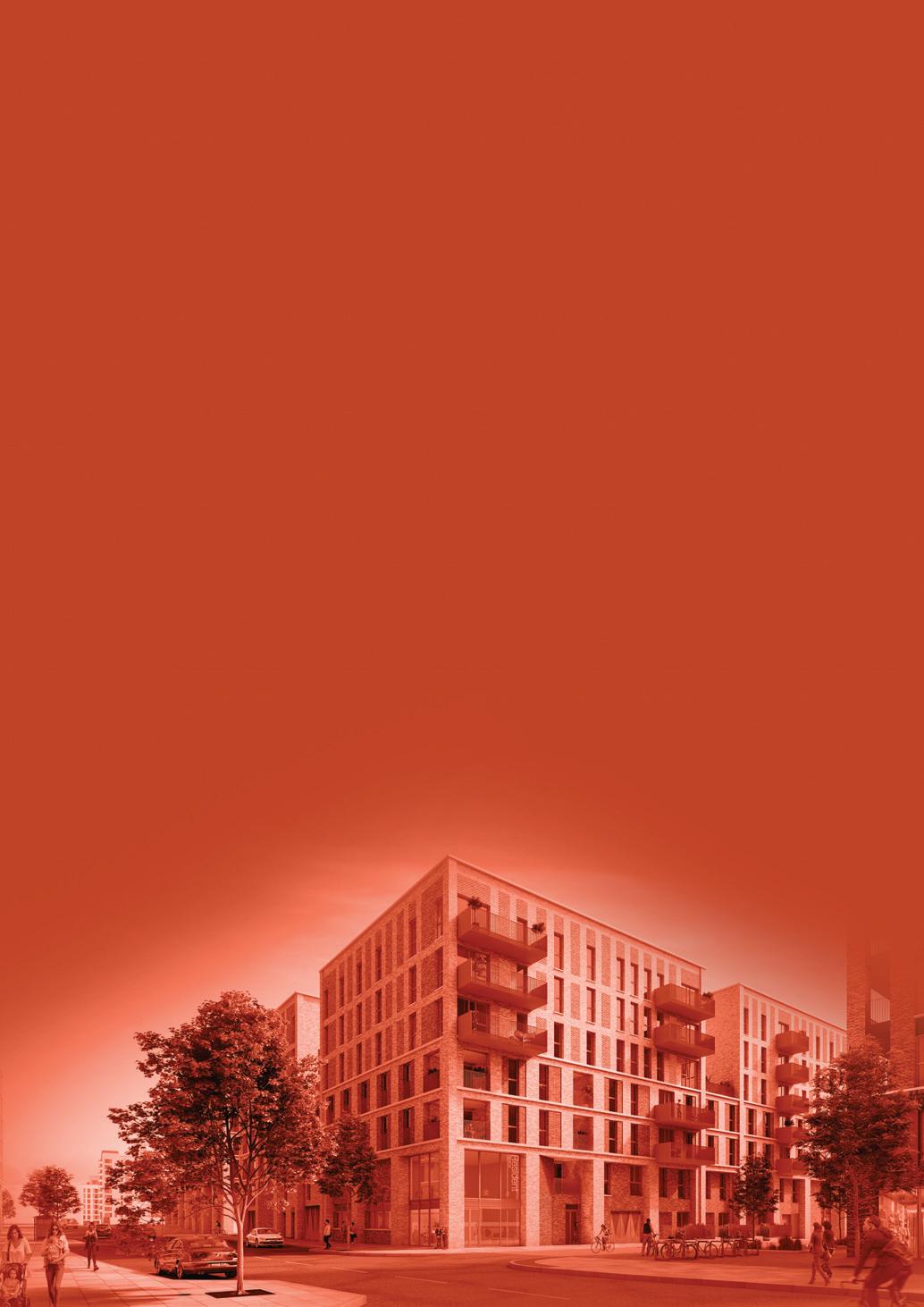
Apeek behind the scenes, through the windows and keyholes of the more than 14,000 high-quality homes of Telford Homes across London, reveals a company comfortable pursuing ground-breaking actions as part of an end to-end sustainable agenda.
“We build homes that exceed expectations, but sustainability is addressed from every conceivable angle, from design to effec tively moving in. It’s not a word we pay lip service to, but is part of our core values,” said John O’Dwyer, Head of Sustainability.
That commitment was underlined when Telford Homes launched its Building a Living Legacy (BLL) in 2017, which addresses how the business delivers way beyond simply building homes. It designs modern living projects, efficiently using resources, leveraging low-carbon tech, generating renewable energy and recycling waste created in the housebuilding lifecycle.
But BLL goes much further: the company installs water-efficient devices, designs homes to minimise energy loss, delivers on social value and enhances biodiversity.
At the heart of its developments are strong communities that have access to facilities that promote healthier lifestyles, green spaces and the ability for tenants to pursue their own contribu tion to sustainability.
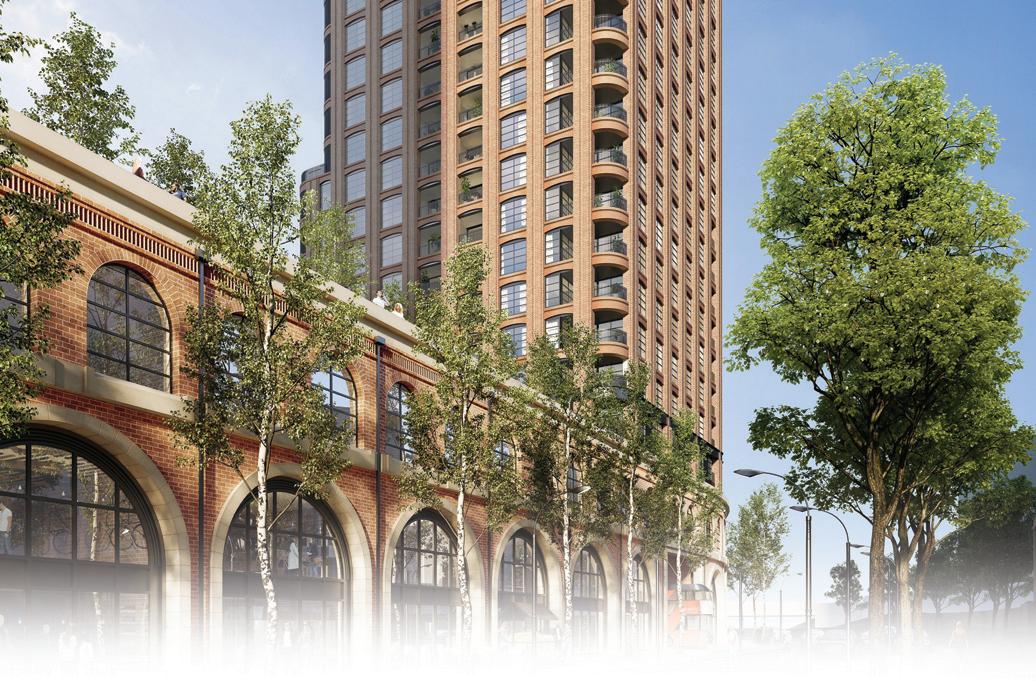

John O’Dwyer commented: “BLL, supported by more than 80 KPIs, is the golden thread that interweaves across all departments. It is a living, breathing embedded strategy.”
This is underpinned by the company’s net-zero carbon 2030 roadmap, launched in 2020 and the first from a housing developer. It puts environmental, social, and corporate governance cen tral to operations, highlighting how the company will achieve carbon staircasing targets, and social value, waste and bio diversity aims.
Over the past five years, Telford Homes has risen from 16th to first in Next Generation’s housing benchmark, which ranks the UK’s 25 top builders in its pursuit to increase transparency and improve sustainability by assessing performances.
Ranked the UK’s most sustainable house builder for the second consecutive year in 2021, Telford Homes was first in several areas, such as company strategy and governance, environmental site man agement, water and waste management, health and safety, and design. It also received a Crystal Award for trans parency and sustainability disclosure.
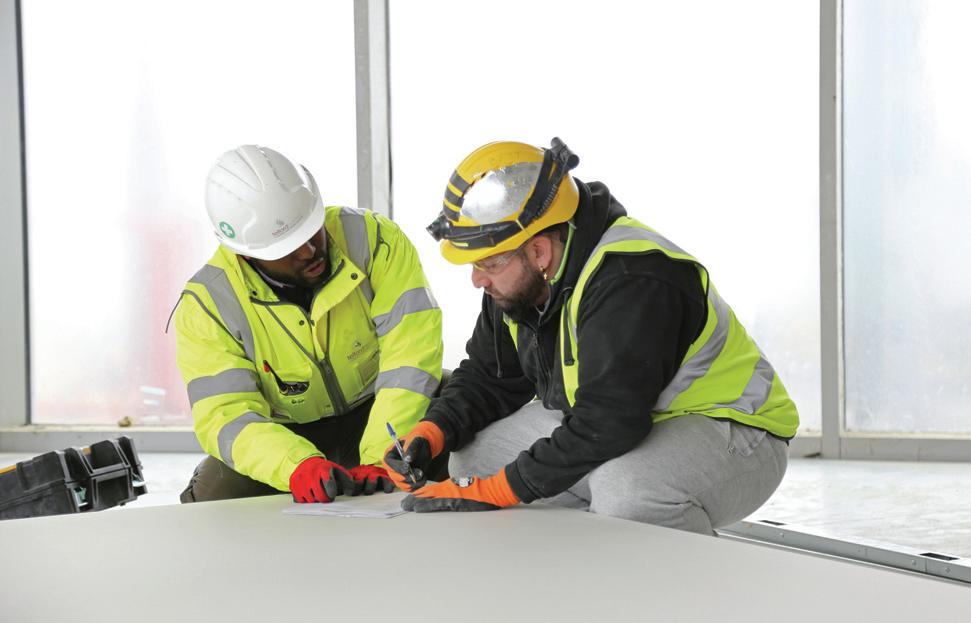
“The award recognises our role in reducing our environmental impact as we strive to become a net-zero carbon company by 2030,” said John O’Dwyer. “It’s a major achievement considering the size and scale of Telford Homes against much larger UK housebuilders. ”
The business also claimed Best Sustainability Report at the CorpComms Magazine Strategic Comms Award 2021,
which recognises excellence in corpo rate storytelling.
He added: “Our interactive report includes video testimony and updates from various employees to help humanise and make the story-telling relatable, and make it more digestible for a much wider audience.
“All these awards are excellent platforms to continue building from. We will never be complacent: we are working on our next report and communications to progress our brand and purpose.”
Resident satisfaction with Telford Homes’ properties was 89% in 2021, according to Homeviews, against a national industry average of 76%. A social value legacy review showed 73% of residents living on Telford Homes’ sites rated their community as ‘excellent’, and 67% noted a positive change in their sense of happiness.
As much as Telford Homes leads from the front, it is backed up by strong inhouse management and vast expertise. Acquired by CBRE’s Dallas-based Tramell
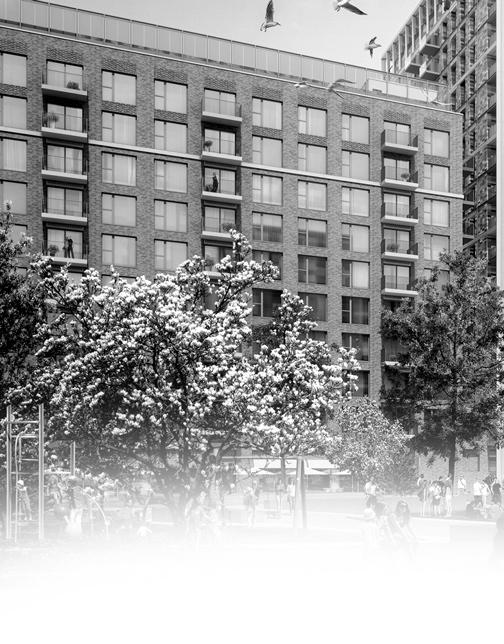
With a £2.8 billion development pipeline, Telford Homes has been strengthened by the leadership of its new CEO Anne Kavanagh who is committed to embed ding innovation and delivering on the company’s net zero aspirations. The com pany’s 320-strong workforce includes an in-house team of end-to-end specialists across land acquisition, planning, design and construction.

Its core geographic focus is Greater London’s Zones 2-6 in areas where the local rental market supports viable Build -to-Rent development. Telford Homes

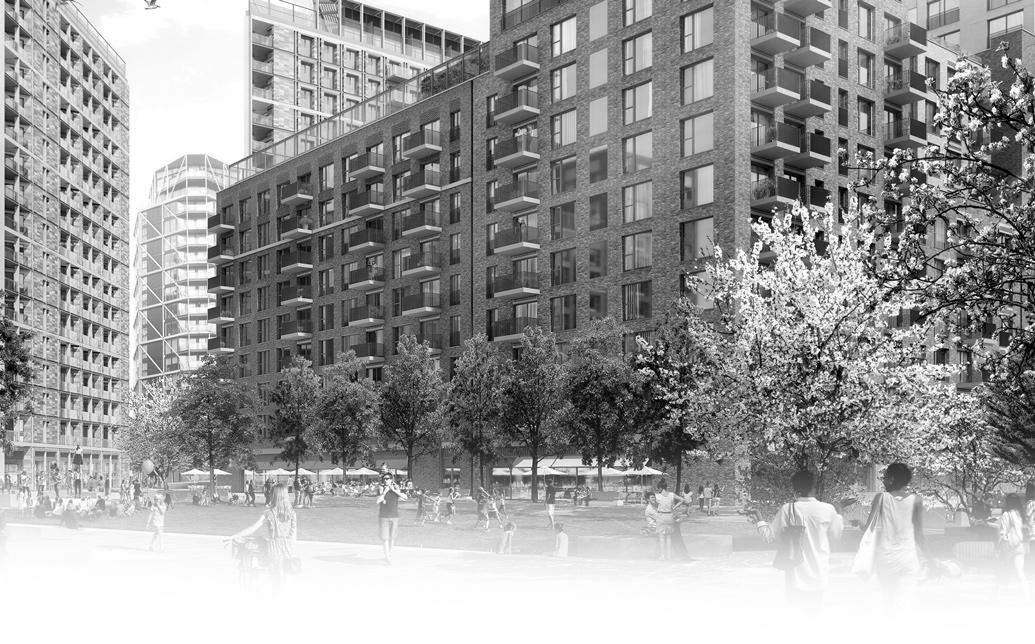
amenity offerings.
“Despite the economic headwinds, senior management remain supportive of our sustainability agenda and pro gressive commitment to Diversity Equity Inclusion,” said John O’Dwyer. “Our pur pose remains: designing and developing high-quality, sustainable homes that exceed expectations of residents and our investment partners.”
Indicating a positive culture in-house, the staff retention rate at Telford Homes is 89%, while a recent survey revealed 95% of staff enjoy their jobs.
The future’s green John O’Dwyer acknowledged 100% of the company’s new build schemes will benefit from low carbon or renewable technologies. Telford Homes is aiming for modern methods of construction to make up 20% of its builds by 2023 in areas where carbon savings are anticipated.
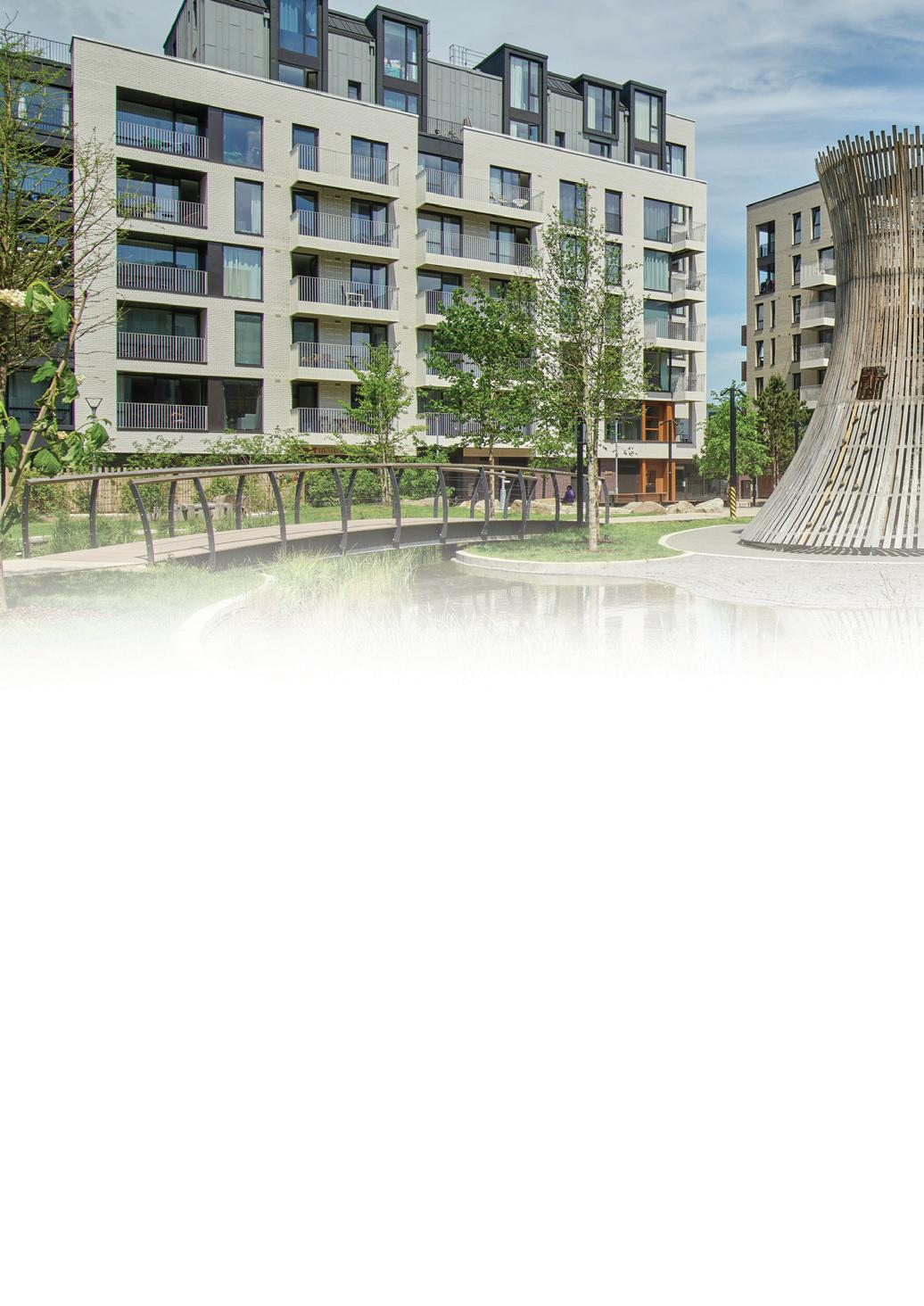

“We achieved a high ‘B’ in terms of EPC against a UK average of ‘D’, demonstrating the important benefit of living in a new build amid the cost-of-living crisis.”
The newer Telford Homes build schemes are currently targeting a 55% decrease in regulated carbon and less than 700kg CO2/ 100m 2 embodied carbon in construction materials below a 2019 baseline of 837kg CO 2/100m 2 . The aspiration is to lower embodied carbon by 40% against the baseline by 2030.
“We have a London-centric supply chain , and we ask suppliers to provide environ ment product declarations (EPDs) to assess the most carbon-intensive products in terms of choice for our developments,” John O’Dwyer explained. “Innovation in our supply chains will need to tune into the evolving sustainability landscape. Our supply chains emissions are our emissions, so we must bring them on the journey with us.”
The 2030 roadmap attests to the com pany’s strong commitment to its progres sive ESG agenda, envisioning a 70-80% reduction in operational carbon in build ings by 2025 and sending zero waste to landfill by 2024.
In 2016, 28% of households lived in the private rented sector; a figure pro jected to rise to 40% by 2040, which
is a strong narrative for growth in the build-to-rent sector.
“Despite the economic headwinds, the BtR sector must frame these challenges as an opportunity for innovation in sustain able house building, adopting integrated strategies where customer, community and partner aspirations align,” stated John O’Dwyer.
“We have a BtR design guide that reflects changing lifestyles, homeworking, connectivity, and wellbeing. Admittedly, embodied carbon is the elephant in the room. How we lower carbon intensity of
concrete and steel used in buildings is under active assessment.”
He concluded: “Staying ahead of the climate agenda remains important to our sustainability strategy. Making critical decisions such as pivoting from gas-led infrastructure to fossil-fuel free, decar bonised electrified systems are all key for compliance which we are well placed to deliver on.
“Ultimately, Telford Homes wants resi dents to live safely and stay in high-quality homes, within thriving sustainable com munities, for years to come.” n
